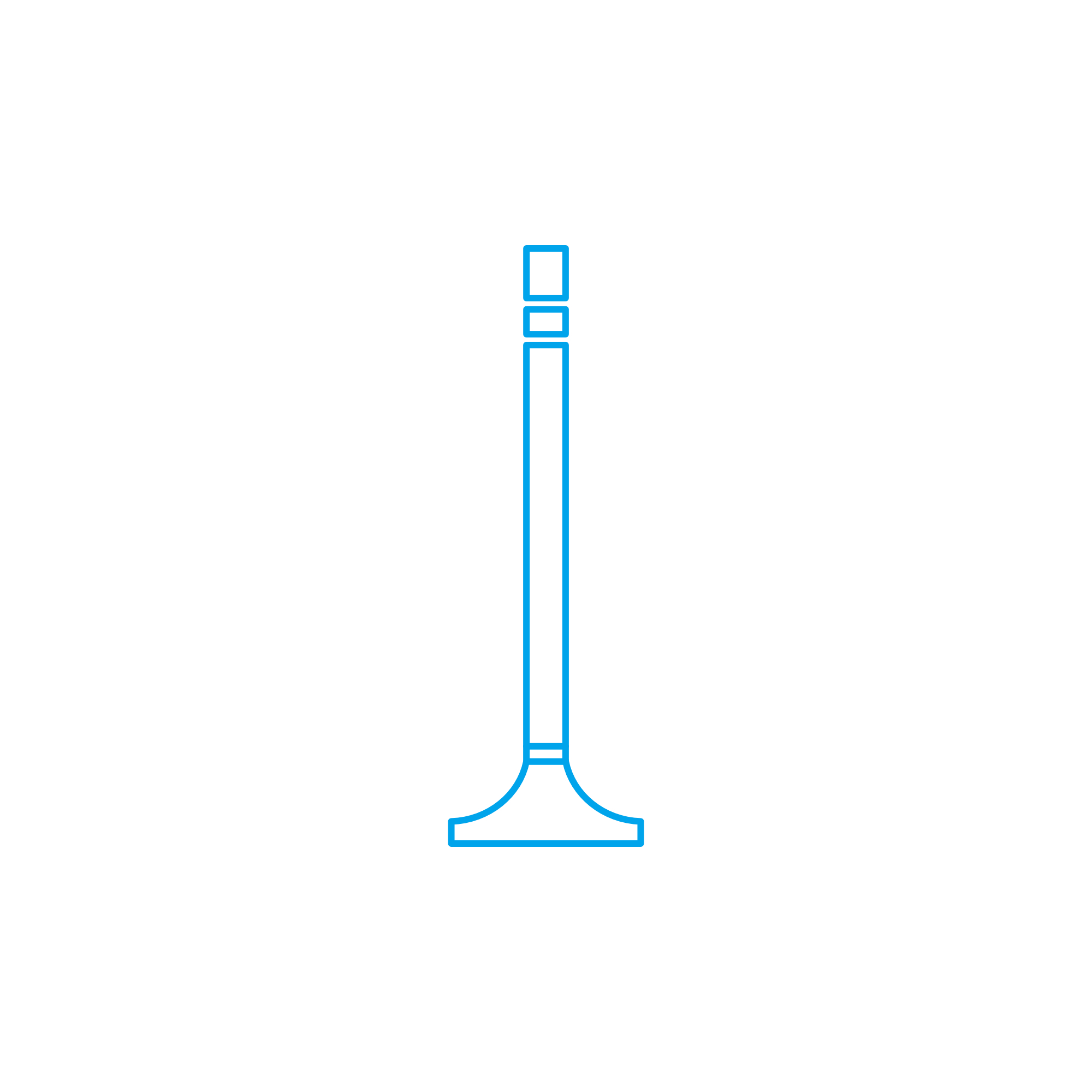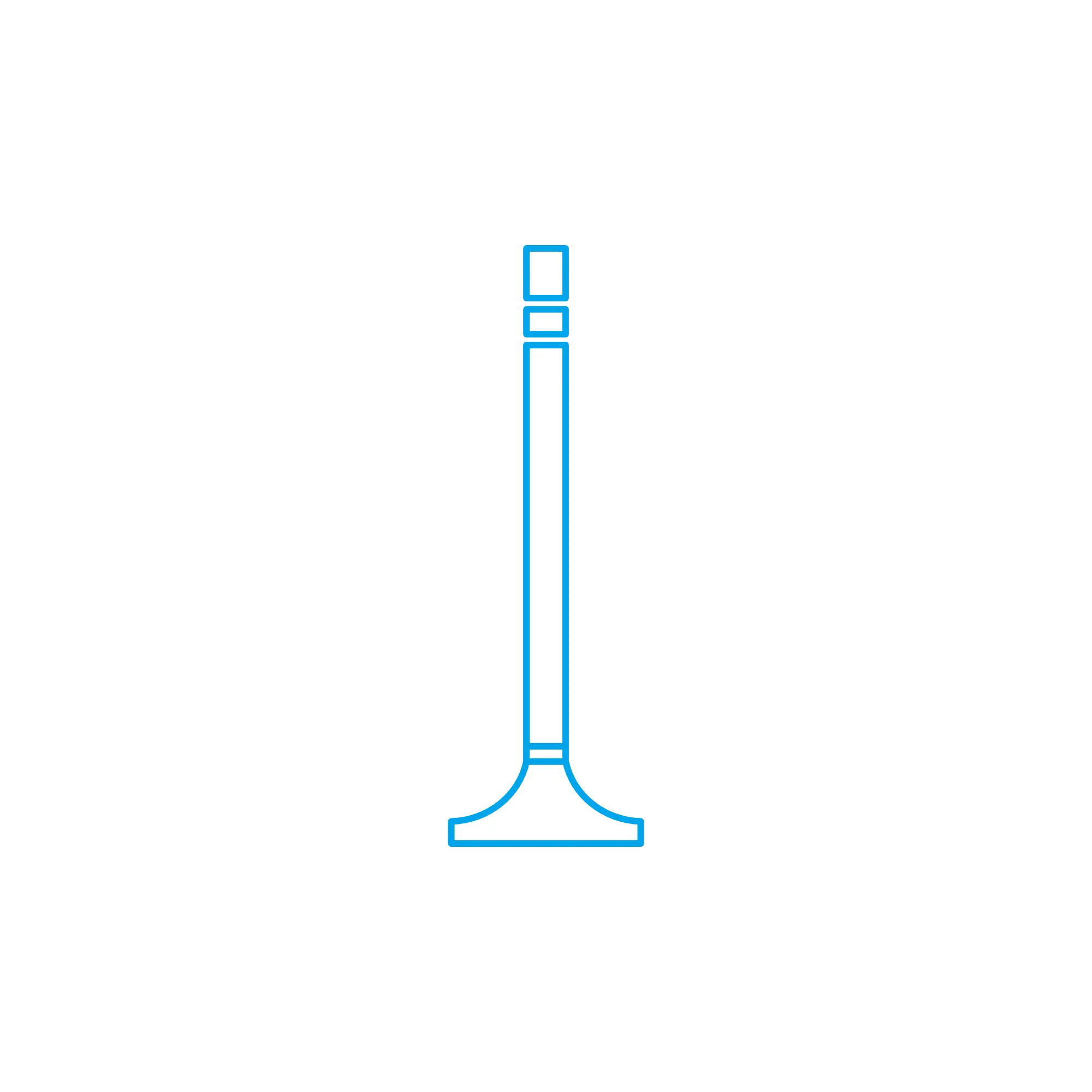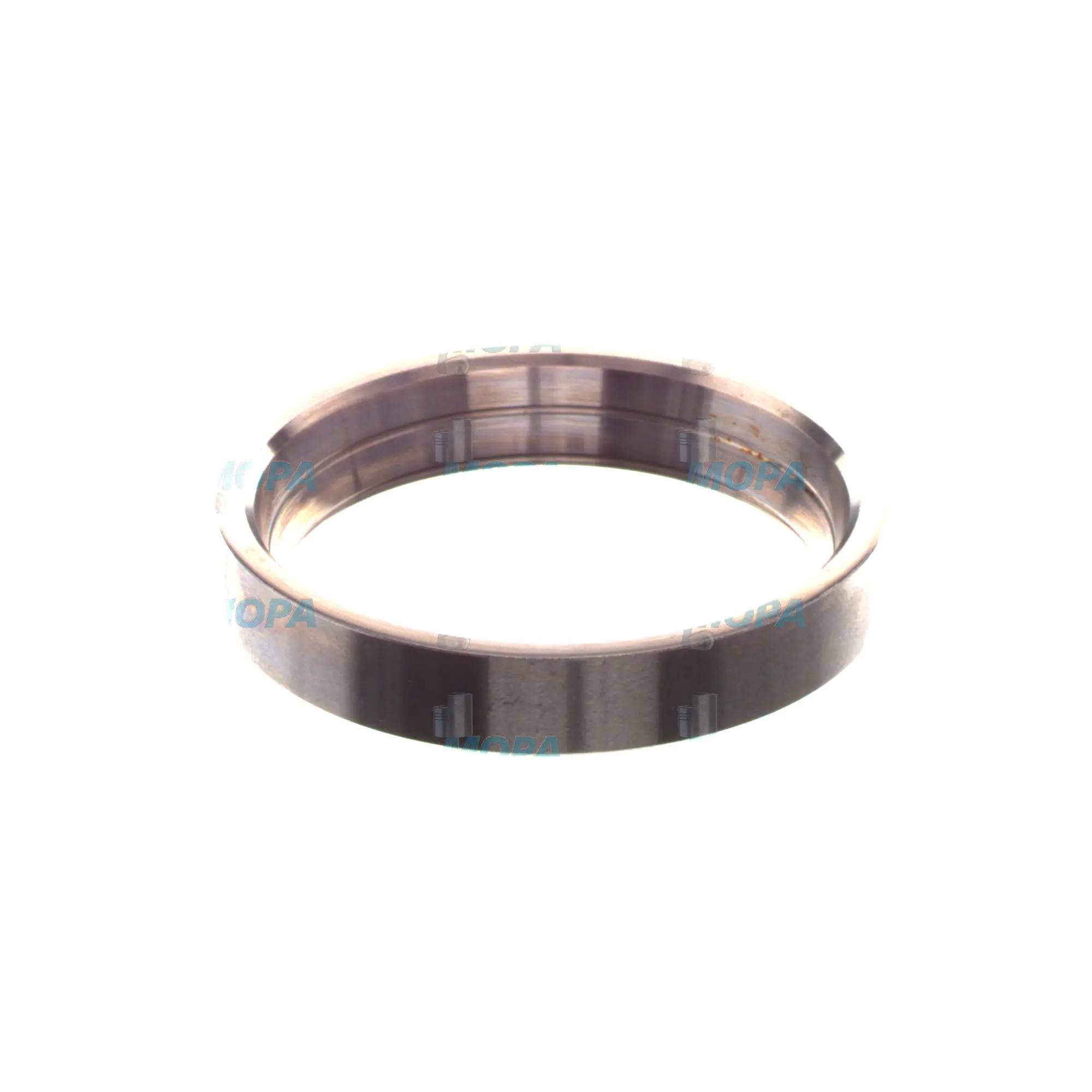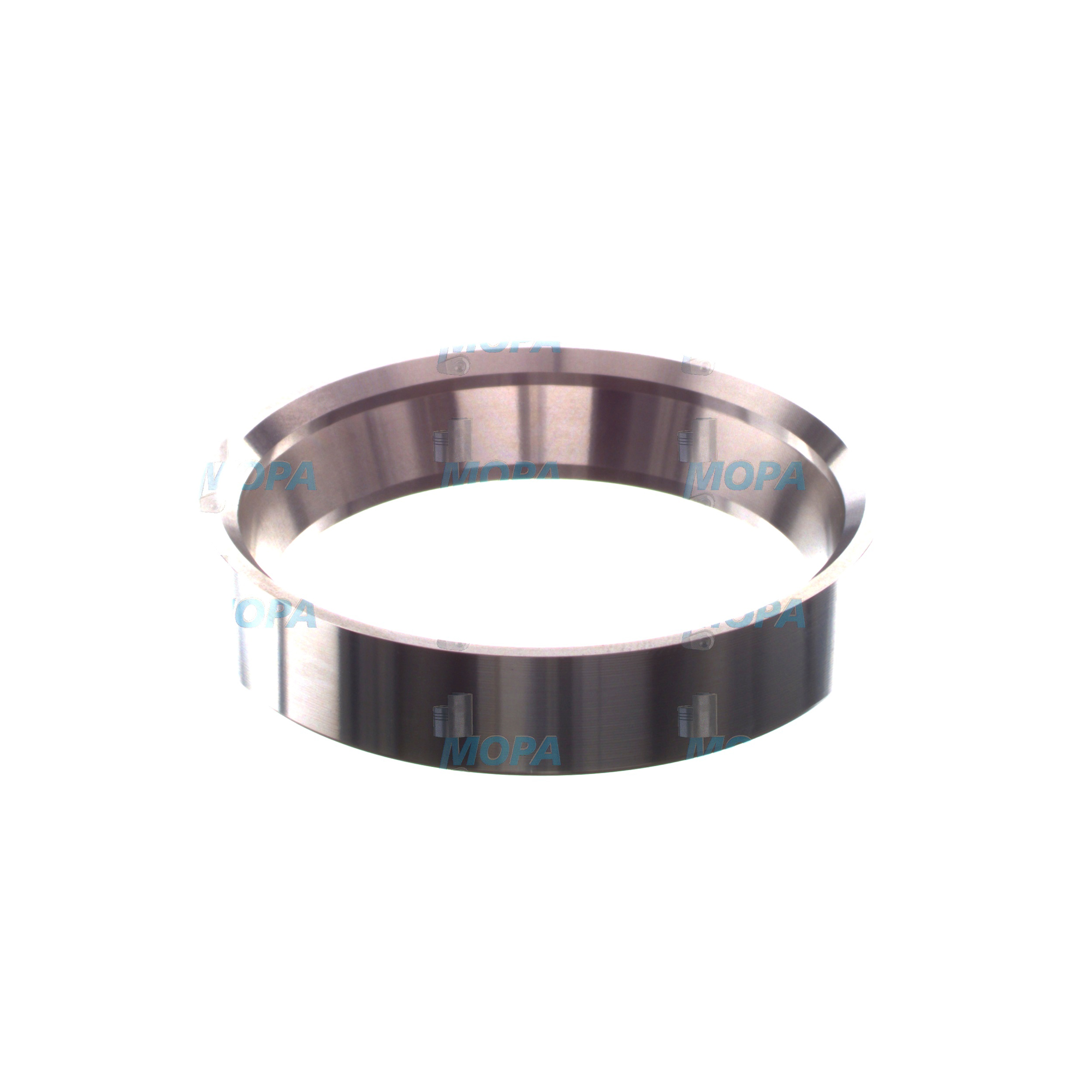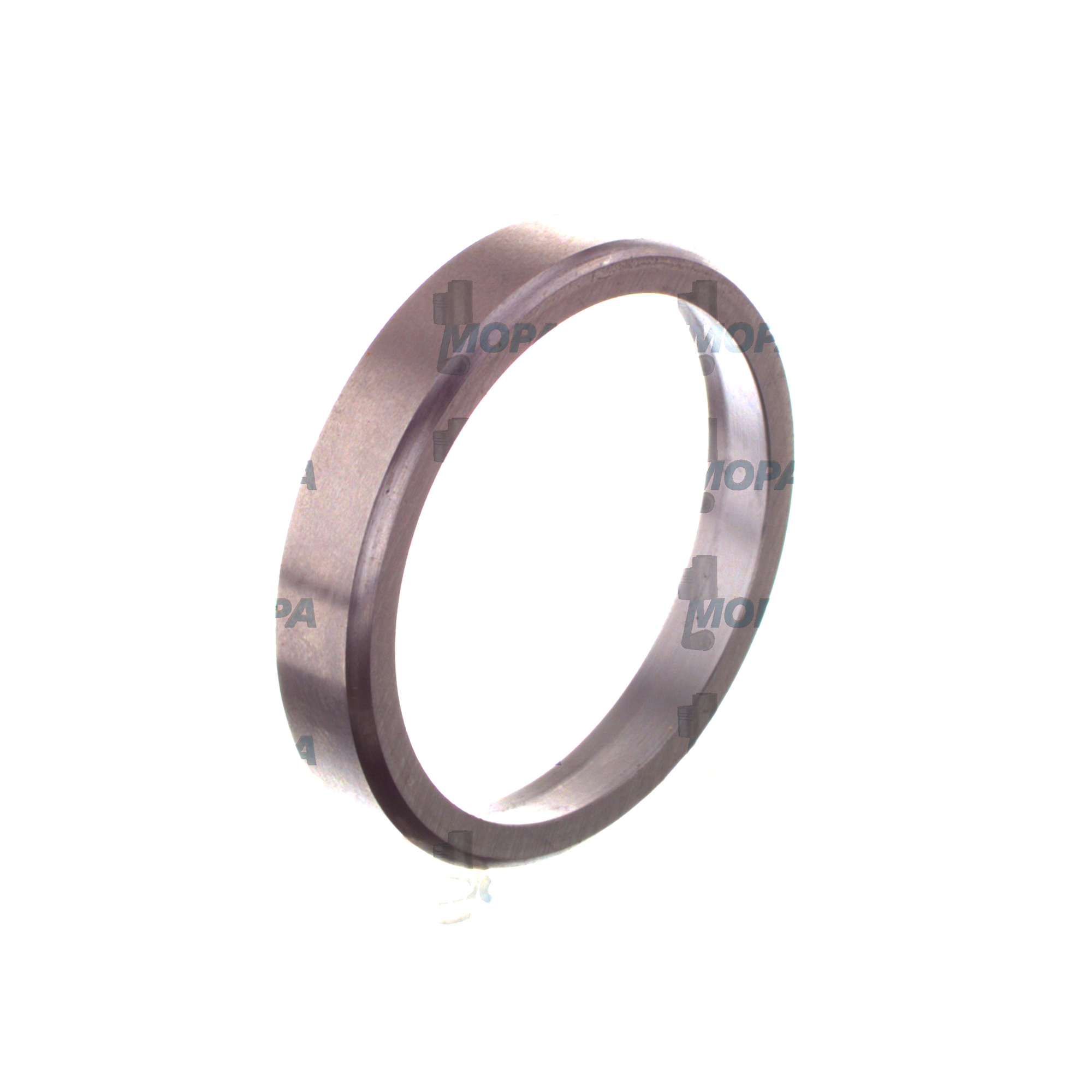VALVE SEAT in Valve Train Components for Diesel and Gas Engines
Valve train components are the mechanical system that controls the opening and closing of intake and exhaust valves, enabling the engine’s gas exchange cycle. This assembly includes camshaft and followers, pushrods or rocker arms, valve springs, retainers, keepers, guides, and the VALVE SEAT, all working together to seal the combustion chamber, manage airflow, transfer heat, and stabilize combustion. In marine engine, power generation, and industrial applications, a precise and durable valve train is fundamental to engine efficiency, emissions compliance, and uptime.
Within this system, the VALVE SEAT forms the hard sealing interface for the valve face. It is the critical ring that must maintain geometry under high temperature, pressure, and impact loads. Alongside cams, lifters, and rockers, the seat ensures the timing event translates into an airtight seal and efficient heat flow out of the valve. That’s why valve train components are specified to tight tolerances and materials matched to fuel type, duty cycle, and cylinder head metallurgy.
Technical Function: Valve Train Components and VALVE SEAT Performance
The valve train converts camshaft motion into precise valve lift and duration. Cam lobes actuate lifters or tappets, which transmit force through pushrods and rocker arms (or directly in OHC layouts) to open the valves against spring force. Springs then close the valves, and keepers/retainers maintain assembly integrity. Guides keep the stem aligned, while the VALVE SEAT provides a machined surface for airtight sealing and heat transfer. Together, these components determine valve timing accuracy, sealing quality, and resistance to wear.
In a VALVE SEAT diesel engine application, the seat must transfer a large portion of valve head heat into the cylinder head to prevent burning and tuliping of the valve. Contact width and concentricity are key: too narrow, and heat rejection suffers; too wide, and flow is throttled. In high-load operation, micro-welding and impact (valve bounce) can occur if spring force, cam ramp rates, or surface finishes are incorrect. Correct valve train geometry and seat angles (commonly 30°/45° combinations, with precise concentricity to the guide) ensure stable sealing and volumetric efficiency.
For a VALVE SEAT marine engine, seat inserts frequently use cobalt-chromium or high-alloy steel materials to withstand heavy-fuel contaminants, corrosion, and pounding. Hardened or Stellite-faced valves paired with alloyed seat inserts resist abrasion from ash and vanadium compounds. Surface finishes, interference fit in the head, and controlled protrusion are vital to minimize seat recession and maintain valve lash over long service intervals.
When sourcing VALVE SEAT OEM parts, geometry (runout, face angle, seat width), hardness depth, and material compatibility with the head casting (cast iron or aluminum-bronze overlays in some gas engines) protect valve seating integrity and reduce blow-by. The outcome is reliable compression, stable idle, lower exhaust temperatures, and reduced fuel burn.
Key characteristics and advantages of valve train components
· Precise timing maintains combustion stability and power.
· Robust sealing by the VALVE SEAT preserves compression.
· Efficient heat transfer prevents valve burning.
· Wear-resistant materials extend service intervals.
· Correct spring rates avoid valve float and bounce.
· Accurate guide-to-stem clearance ensures alignment.
· Optimized seat width balances flow and durability.
· Tight tolerances protect emissions and fuel economy.
Why Valve Train Components Matter for Reliability and Service Life
Valve train components directly influence engine longevity. Worn seats, guides, or cam follower surfaces reduce sealing quality, alter timing, and raise exhaust temperatures, accelerating turbocharger and manifold stress. Seat recession increases valve lash changes, leading to misfire, hard starting, and power loss. Insufficient spring force or incorrect geometry triggers valve float at high RPM, risking piston-to-valve contact and catastrophic damage. In gas engines, poor seating can promote pre-ignition hotspots; in diesel engines, it drives up BSFC and smoke due to compromised airflow and compression. Keeping the VALVE SEAT and its mating components within specification is essential to protect pistons, liners, and the cylinder head itself.
Advantages of OEM Spare Parts Suitable for Valve Train Components and VALVE SEAT
Using OEM spare parts suitable for valve train components ensures the exact seat metallurgy, hardness profiles, and machining tolerances required by the cylinder head and valve design. This provides the sealing geometry the camshaft events were engineered for, preserving performance across load ranges.
· Consistent performance: VALVE SEAT OEM parts maintain correct angles, concentricity, and contact width for stable compression and airflow.
· Reliability under load: Specified materials resist hot corrosion, fretting, and impact in diesel and gas duty cycles, including marine engine operation.
· Budget protection: Drop-in fit reduces machining rework, shortens dock or plant downtime, and lowers the risk of repeat interventions.
· Longer service life: Matched hardness and surface finish limit seat recession, valve face wear, and guide ovality, extending overhaul intervals.
· Emission and efficiency targets: Proper sealing and timing preserve exhaust temperatures and lambda control, safeguarding fuel economy and compliance.
VALVE SEAT Diesel Engine and Marine Engine Details That Matter
For heavy-fuel marine engines, choose seat inserts with alloy content tailored to sulfur and ash levels, and verify interference fit to prevent rotation. For high-speed diesel generator sets, confirm seat geometry to support rapid thermal cycles and avoid micro-cracking. In gas engines, verify seat thermal conductivity and expansion match to the head to control hot spots and knock tendency.
MOPA: Fast, Secure Supply of OEM Parts for Valve Train Components and VALVE SEAT
MOPA is an experienced partner for OEM spare parts suitable for valve train components, supporting diesel and gas engines in marine and stationary applications. Customers benefit from rapid sourcing, verified quality, and secure, traceable transactions. MOPA assists with technical identification, cross-references, and documentation, helping purchasers and superintendents select the right VALVE SEAT, valves, guides, springs, and cam components for each engine type. With efficient logistics and careful packaging, MOPA reduces lead times and risk during transport, keeping fleets and plants operating on schedule.
Conclusion: VALVE SEAT and Valve Train Components
Valve train components, centered around a correctly specified VALVE SEAT, are decisive for sealing quality, heat management, and timing accuracy—core drivers of engine reliability and efficiency. Choosing OEM spare parts suitable for valve train components preserves performance, protects budgets through reduced downtime, and extends service life across diesel, gas, and marine engine operations.

